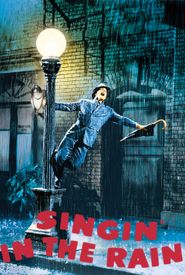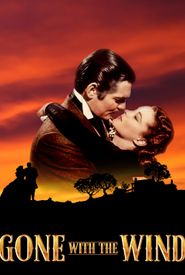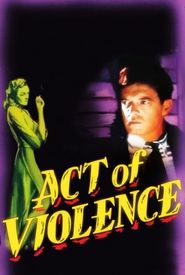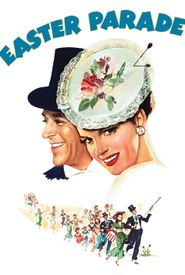John Albright embarked on a cinematic journey in 1935, initially portraying bellboys, students, and dancers on the big screen. However, his career was temporarily halted when he joined the Air Force during World War II. Upon his return, he resumed his acting career, earning a contract with MGM during the height of the musical era, thanks to his youthful appearance and impressive dancing skills.
As the late 1940s unfolded, Albright began to feature in an increasing number of scenes requiring a generic, everyman character. He transitioned seamlessly into courtroom dramas, westerns, and even occasionally reprised his roles as bellboys or bellhops, leveraging his youthful appearance to great effect.
In the 1950s, Albright redirected his focus towards the more political aspects of the Screen Extras Guild, ultimately securing a seat on their board. Although this role was not a full-time commitment, his connections at Warner Brothers and MGM enabled him to appear in numerous dramas and television westerns, assuming his familiar roles.
Throughout the 1970s, Albright continued to take on various roles, but a significant shift occurred in the industry. The nostalgia market was in full swing, and people became fascinated by the behind-the-scenes stories of classic films. This development led Albright to occasionally attend conventions centered on Gone With the Wind and appear in several documentaries about the iconic movie.
John Albright's remarkable career spanned over six decades, during which he adapted to the changing landscape of the film industry. His legacy continued to inspire and entertain audiences until his passing in 2001.












































